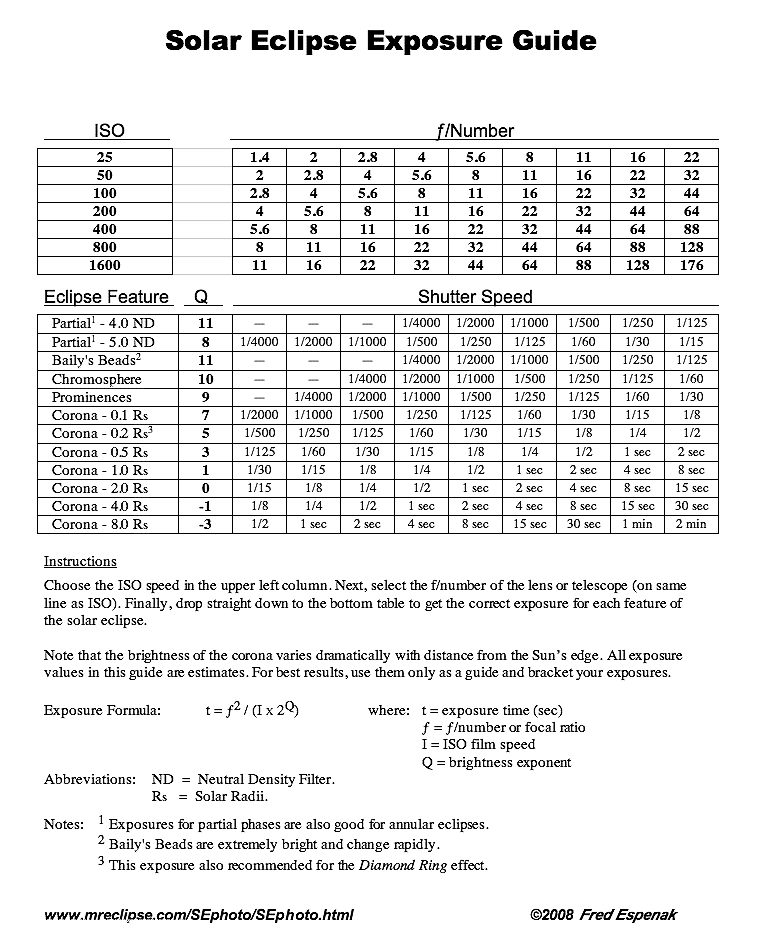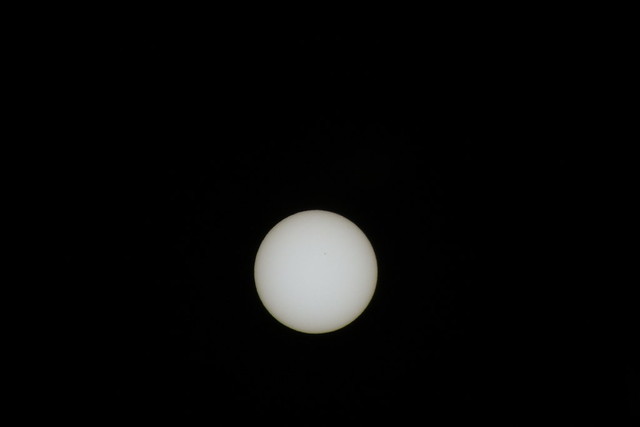giganova
Well-known
Hi all!
What are your plans for the solar eclipse on August 21? If you haven't seen one, it will be spectacular!
In order to see a total eclipse, you need to be on the path of totality, which is the gray shaded area in the map below. Problem is, of course, that all hotels along this path have long been booked. But don't worry if you are not along the path; you will be able to see a partial eclipse from everywhere in the Continental US.

I will be in the Rocky Mountains (Sun Valley Idaho) and will look for a cool landscape with a tree in the foreground.
According to the nifty exposure time calculator below, I will set up two Leica M4s on a small travel tripod, loaded with FP4, one with a 21mm and one with a 50mm lens, will set the lens to f/5.6 and will cycle through exposure times of 1/500, 1/125s, 1/30, 1/8, 1/4 and 0.5 sec. This should give me at least a few useable images of the sun's corona and will hopefully not have the un-illuminated foreground too dark. Then I will cycle through 1/30, 1/8, 1/4 and 0.5 sec with the flash on to illuminate the foreground tree a bit. That should take about a minute, which will give me another minute or so to enjoy the eclipse with my own eyes.

What are your plans for the solar eclipse on August 21? If you haven't seen one, it will be spectacular!
In order to see a total eclipse, you need to be on the path of totality, which is the gray shaded area in the map below. Problem is, of course, that all hotels along this path have long been booked. But don't worry if you are not along the path; you will be able to see a partial eclipse from everywhere in the Continental US.

I will be in the Rocky Mountains (Sun Valley Idaho) and will look for a cool landscape with a tree in the foreground.
According to the nifty exposure time calculator below, I will set up two Leica M4s on a small travel tripod, loaded with FP4, one with a 21mm and one with a 50mm lens, will set the lens to f/5.6 and will cycle through exposure times of 1/500, 1/125s, 1/30, 1/8, 1/4 and 0.5 sec. This should give me at least a few useable images of the sun's corona and will hopefully not have the un-illuminated foreground too dark. Then I will cycle through 1/30, 1/8, 1/4 and 0.5 sec with the flash on to illuminate the foreground tree a bit. That should take about a minute, which will give me another minute or so to enjoy the eclipse with my own eyes.



